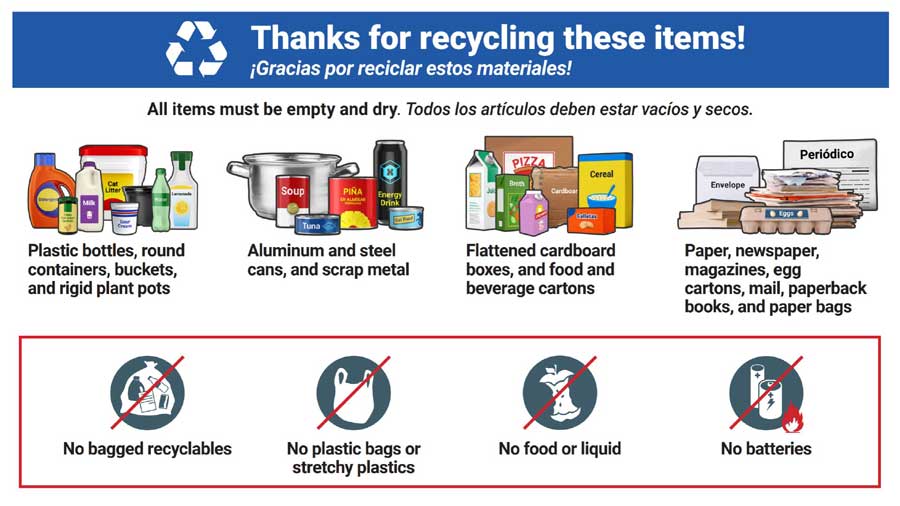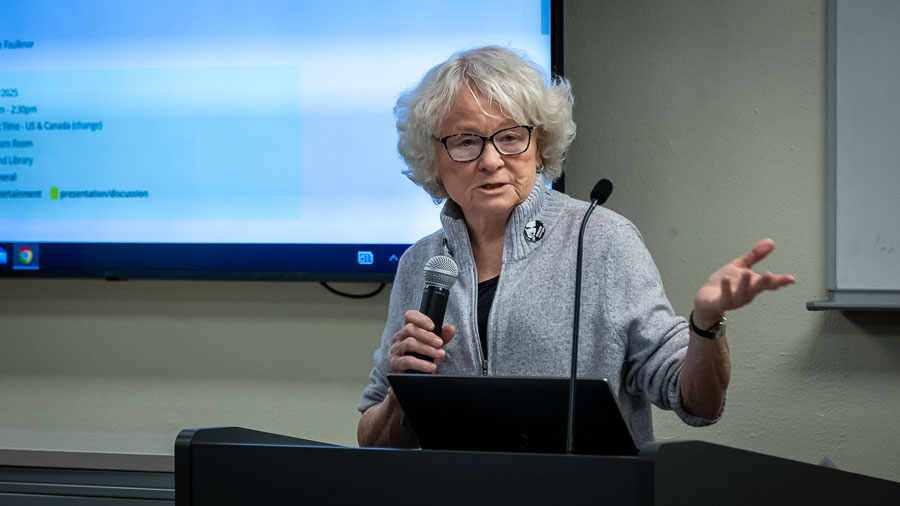OTHER VIEWS: Measure 110 reforms require accountability
Published 6:00 am Sunday, March 10, 2024

- other views logo
No one knew about my adolescent attempt at suicide. Not my family. Not my friends.
This incident came to mind as lawmakers worked through what would become House Bill 4002, their attempt to rework Measure 110 and confront Oregon’s drug abuse epidemic.
Mental illness and drug use are often connected, although that wasn’t true for me. I self-medicated with coffee. Still, I think my experience offers an important corollary: All the good intentions built into HB 4002 will be for naught if individual Oregonians don’t step forth to help one another — and to be accountable themselves as parents, neighbors and colleagues.
This year’s legislative players did a masterful job of give and take in producing HB 4002— what House Speaker Dan Rayfield, D-Corvallis, described as thinking outside the box. They achieved a politically palatable compromise.
Entering the legislative session, Senate Republican Leader Tim Knopp of Bend saw little chance that would happen. But in the end, he said, the final version of HB 4002 was better than simply repealing Measure 110. He and Rayfield were among 72 legislators backing the bill. Only 15 voted no.
“It’s a shared responsibility, right? It is about, how do you provide a level of coordination and connection with all the different parts?” Rep. Jason Kropf, D-Bend, told me this week. He co-chairs the Joint Committee on Addiction and Community Safety Response.
”It’s law enforcement working with behavioral health folks. It is cities and counties working with the state. It’s our nonprofit treatment providers working with their county behavioral health programs and being supported on the state level.”
On a micro level, it’s also about being tuned into family members and other associates.
Yet children and youth today face even greater pressures: Cheap, readily available, powerful drugs. Cyberbullying and social media. Worries about everything from school shootings to global climate change to homelessness afflicting themselves and others. Even the threat of nuclear war has made a comeback.
In a 2018 Oregon survey, high schoolers identified lack of access to mental health services as their top concern. Then along came the pandemic, whose resulting school closures made things worse. The feds provided temporary money to add behavioral health specialists, but many of those personnel are disappearing as the dollars run dry.
School counselors tell me of fourth-graders who have made suicide plans.
And nationally, drug overdoses and poisonings are the third-leading cause of pediatric deaths, pediatrician Lisa Reynolds told the Addiction and Community Safety Response Committee in January.
Rep. Reynolds, D-Beaverton, told the committee she’s “guided by two principles in policy and in medicine. One is that children and youth are not little adults. They need tailored responses to the problems we address here in this building and in the state.
“And Number 2, interventions have a better chance of success the earlier they are implemented.”
HB 4002 and related measures that lawmakers sent to Gov. Tina Kotek will provide more treatment and prevention, including improved school curricula on the dangers of opioids. Lawmakers say prevention and youth behavioral health programs will be a focus for the 2025 Legislature.
According to committee member Rep. Tawna Sanchez, D-Portland, who co-chairs the Legislature’s budget committee: “We as a state have disinvested in this, the issue of addiction and mental health services, and housing, for a very, very long time.
“We have caused this problem ourselves.”










